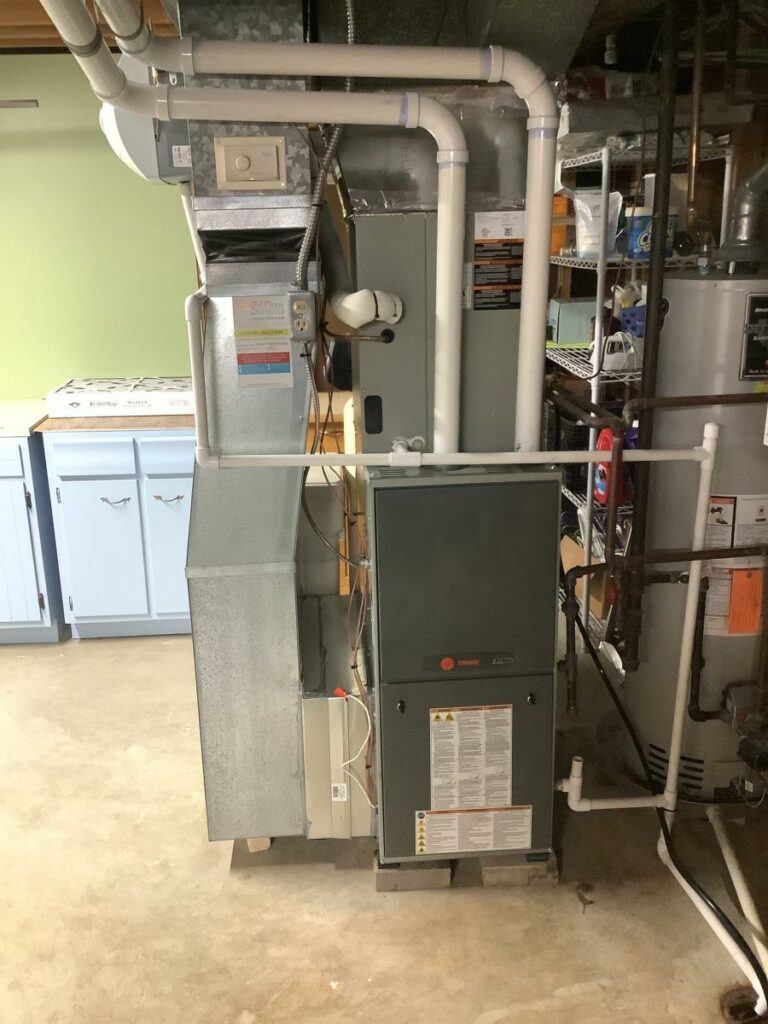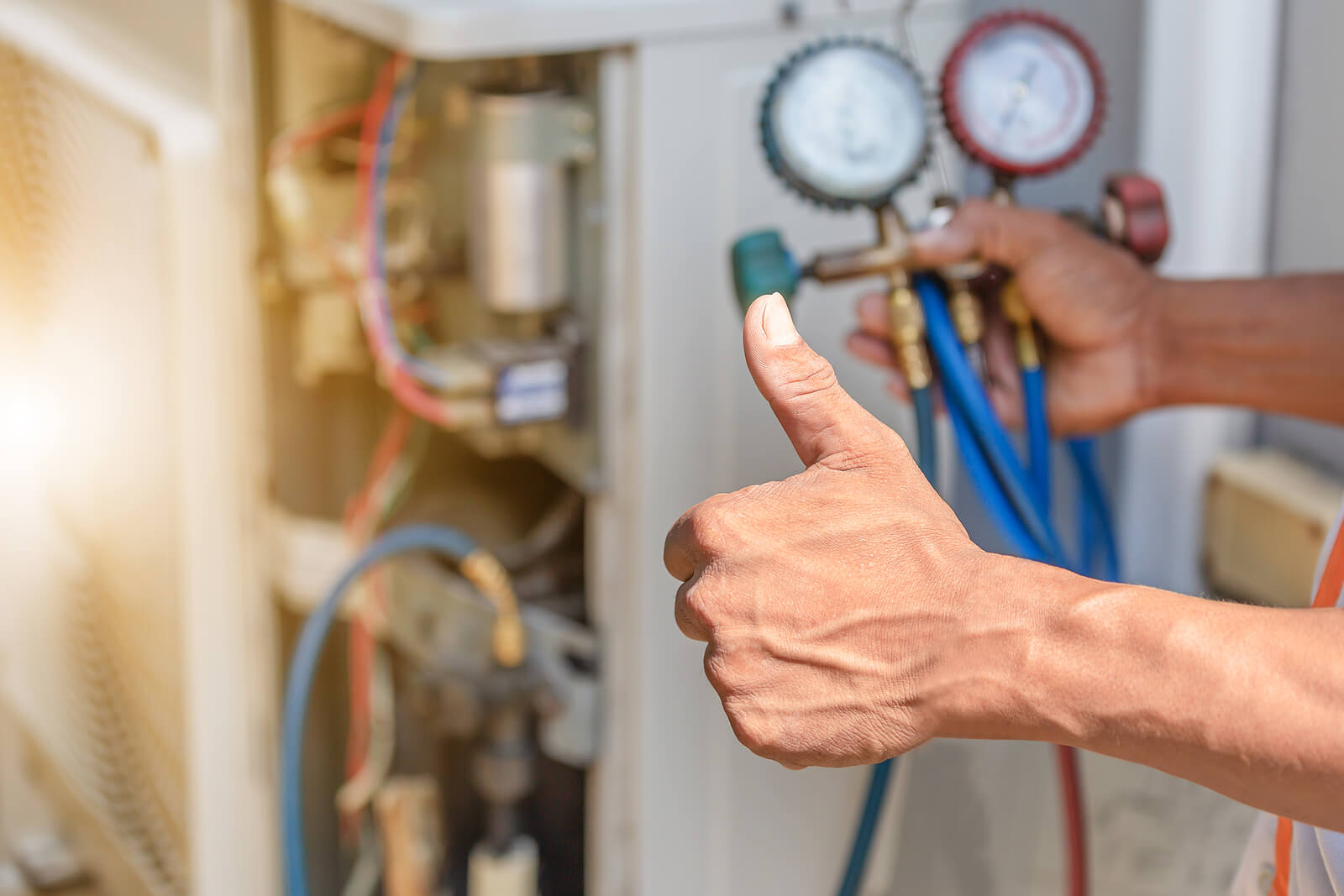Skilled furnace installation technicians for a cozy and optimal home
The Ultimate Guide to Heating System Installment for a Cozy Home
Heating system setup is an essential aspect of maintaining a comfortable home atmosphere, especially throughout the cooler months. Recognizing the different types of furnaces offered and the value of selecting the suitable size can considerably influence both performance and convenience degrees. In addition, an extensive setup procedure, matched by the right tools and materials, guarantees ideal performance. This overview intends to equip property owners with the expertise needed to make enlightened decisions and carry out effective upkeep practices. As you take into consideration these variables, the concern remains: what steps can you require to guarantee your heater serves you well for several years ahead?
Types of Heaters

Gas heating systems are one of the most common choice because of their performance and reduced functional costs. They utilize natural gas or lp, giving fast heating and consistent performance, making them optimal for chillier environments.
Electric heaters, while usually easier to install and maintain, tend to have higher operational costs. They are typically preferred in areas where gas service is not available or for homes with existing electric facilities.
Oil heating systems, though less typical today, remain a practical choice in specific regions. They shed heating oil, which can be advantageous during colder months, yet their dependence on oil distribution presents prospective difficulties.
Furthermore, there are high-efficiency models available across these kinds, which can dramatically reduce energy consumption and utility costs - furnace installation. Inevitably, comprehending these heating system types will certainly assist property owners choose a system that aligns with their home heating needs, budget, and power choices
Choosing the Right Size
Picking the proper size for a furnace is essential to ensuring optimum performance and power performance. An undersized furnace will certainly struggle to maintain comfy temperatures throughout the chilly months, resulting in increased damage, higher power costs, and possible system failing. On the other hand, a large furnace might cycle on and off as well regularly, leading to inefficient home heating and uneven temperature level distribution within the home.
To figure out the appropriate heater size, an estimation known as the Guidebook J load estimation should be done. This process examines numerous elements, consisting of the square footage of the home, insulation degrees, home window sizes, and neighborhood climate conditions. This thorough analysis makes sure that the furnace satisfies the details heating needs of the room.

Installation Refine Introduction
In terms of products, you will need ductwork, insulation, and securing tape to make sure ideal airflow and power effectiveness - furnace installation. It is also essential to have a brand-new heating system filter available, along with airing vent materials, such as PVC pipeline or metal flue, relying on the sort of furnace being mounted
Security equipment, consisting of gloves, safety glasses, and a face mask, is also critical to secure against dirt and debris throughout installation. Having all these devices and materials easily offered not only simplifies the process but likewise enhances the security and performance of the heating system installment.
Maintenance Tips for Durability
To ensure the durability of your heater, it is necessary to implement a routine upkeep schedule that attends to vital elements of the system. Beginning by changing or cleaning up the air filter each to three months, as a stopped up filter can limit airflow and reduce performance. Additionally, heating company evaluate and clean the blower assembly to avoid dust accumulation that can impede efficiency.
Following, check the thermostat setups and rectify if necessary to guarantee precise temperature level regulation. Examine the ductwork for leakages or clogs, as this can bring about energy loss and uneven home heating. Routinely lube the electric motor and bearings according to the manufacturer's recommendations to reduce damage.
Specialist inspections ought to happen every year, where a certified professional can assess the heating system's general problem, look for gas leaks, and make sure that safety and security features are functioning correctly. Ultimately, take into consideration mounting a programmable thermostat to maximize power use and maintain constant home temperatures. By embracing these maintenance practices, you can enhance your heater's performance, prolong its life expectancy, and ultimately enjoy a cozy and comfy home setting.
Final Thought
